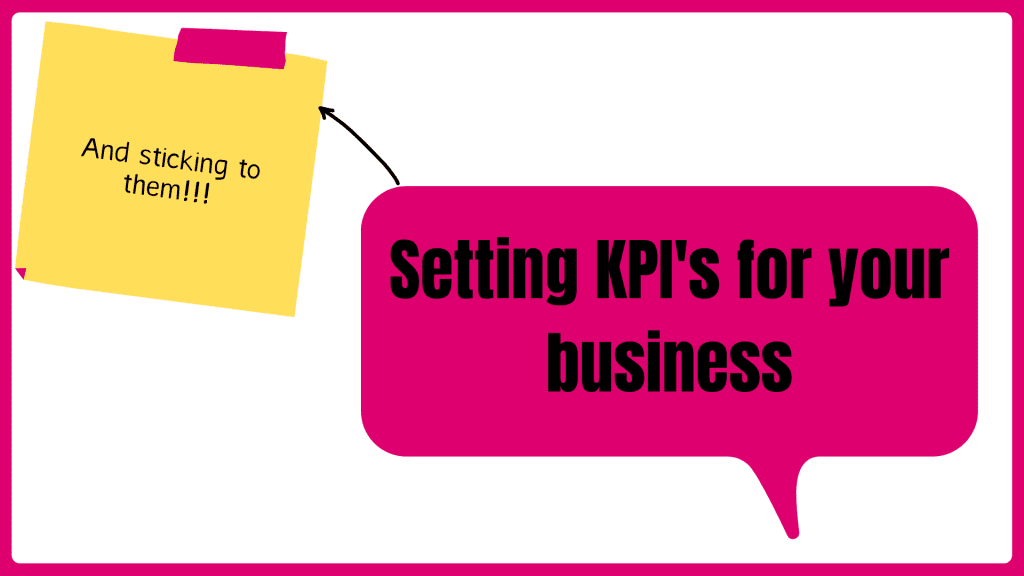
Talent management planning is a term we often hear floating around the business world, but what exactly does it mean…

Talent management planning is a term we often hear floating around the business world, but what exactly does it mean…

It’s no secret that hundreds of small businesses are suffering from increased wage costs and staff shortages. These issues span…

The pandemic has been transformative in many ways. It has changed how we view our health, how we communicate and,…

When you as a business owner think of an accountant, you think of taxes, financial reporting, or loan applications. While…

KPIs (Key Performance Indicators) are metrics that tell you if what you’re doing is working or not. As you can…

Embracing change is the secret to business growth. It allows us to learn how to do things better and adapt…

In today’s competitive business world, it is not uncommon for people to do their own bookkeeping and accounting. There are…

Many people find it hard to return to work after the long Christmas and New Year slowdown, but the pandemic…

Although Christmas is a magical time of year full of celebration and quality time with family and friends, it can…

Are you feeling burned out from the chronic stress that has been our lives over the past year? Perhaps you…